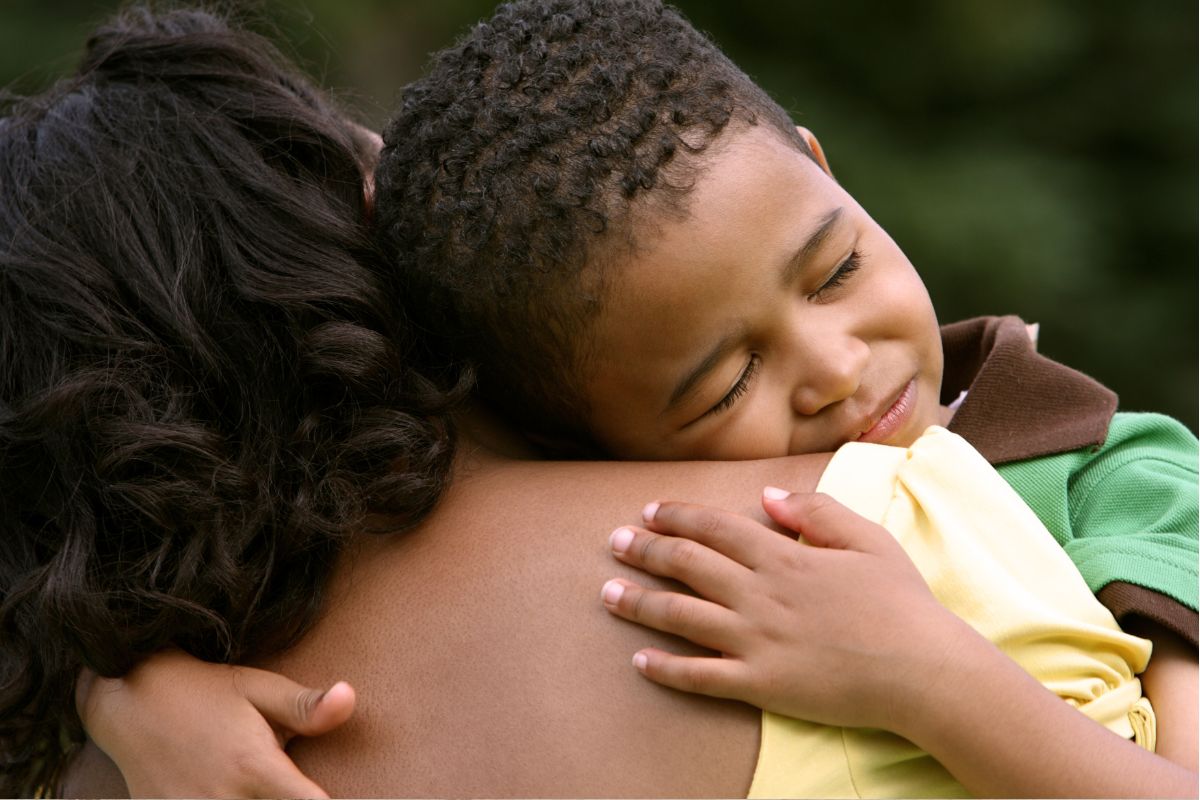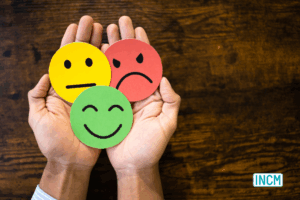Children have immense purpose and value! And they are so vulnerable.
That’s why pastors, teachers, parents, and volunteers have the ultimate responsibility of doing all they can to protect the little ones, the most vulnerable in our society.
We understand this is a high calling and no one can do it perfectly.
That’s why we’re sharing a series of three articles that discuss the purpose, planning, creating, and implementing a Child Protection Policy (CPP).
The goal is to provide resources that can assist any organization caring for children in reducing risk and increasing the care and safety of children.
It doesn’t matter if you’re a small or mega-sized organization, operating without a child protection policy is never a good idea.
With that said, let’s discuss the purpose, definition, and goals of a good CPP.
The Stats
If you are unconvinced that your organization needs one, take a quick look at the numbers:
- Over 747,000 registered sex offenders in the US alone. (Stats from 2017)
- More than 100,000 sexual offenders fail to report yearly.
- 1 in 3 girls and 1 in 4 boys will be sexually assaulted before the age of 18.
- 40% of offenders who target young children are juveniles themselves.
- Only 3% of sexual offenders have a chance of getting caught.
- Over 80% of child victims know their abusers.
- Greater than 90% of convicted offenders consider themselves religious or highly religious.
What is a Child Protection Policy?
Pastor and author Deepak Reju defines the child protection policy, “as a set of self-imposed guidelines that describes how an organization intends to protect and care for the children in its care.”
A CPP is able to help ensure that anyone who comes into contact with children has a defined set of working principles and minimizes the grey area regarding interacting with kids.
It also offers a layer of protection for staff, volunteers, and adults in the scenario of false accusations.
A good CPP requires everyone coming into contact with children to be screened and undergo a background investigation check.
States such as Pennsylvania have taken it to the next level by requiring any individual coming into contact with children to have a state police background check, a state child abuse clearance/background check, and an FBI clearance via fingerprinting within the last 10 years.
As you can see, one of the main purposes of the CPP is to create a safe environment for the children.
However, the purpose of your CPP may vary depending on whom you ask.
For example, an insurance company’s primary goal is to limit liability within the church environment; and they hold a vastly different opinion than a children’s ministry director regarding the goal of safety.
2 Elements in Keeping Kids Safe
Lastly, there are two important elements regarding the CPP and its role in keeping children safe: The first is decreasing isolation.
It has been proven that the risk of abuse increases when children are separated (isolated) from normal activities.
Offenders often look for these opportunities as they provide an open door to abuse – therefore, a key goal of the CPP is to ensure children are NEVER alone with an adult.
Secondly, the risk of abuse increases as accountability decreases – Deepak Reju.
If adults are able to be alone with children, there is not a second set of eyes assessing and watching the situation.
Meaning if abuse occurs, the staff or leadership would have no idea, and therefore be unable to hold the perpetrator accountable.
“In order to keep kids safe, you must always work to decrease isolation and increase accountability,” Reju says.
It’s impossible to eliminate all abuse.
However, by taking a deliberate approach to reducing the risks you take one step closer to protecting the children, and ultimately that’s what we all want.
Also, take a look at Part 2 for the process of planning/creating a solid CPP and Part 3 about writing and implementing your customized CPP.
Sources:
On Guard – Preventing & Responding to Child Abuse at Church by Deepak Reju
Darkness to Light – www.darkness2light.org
Safely Ever After – www.safelyeverafter.com





